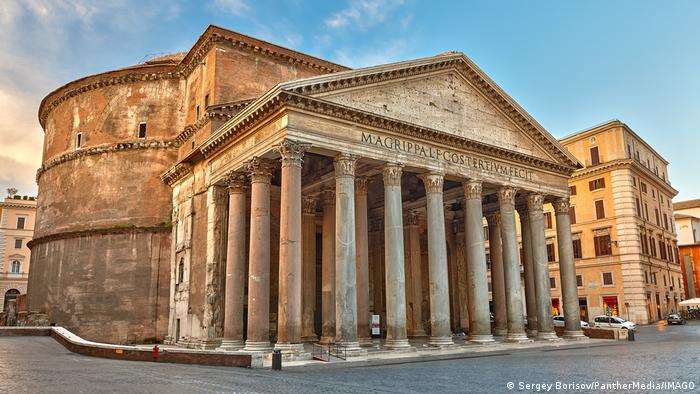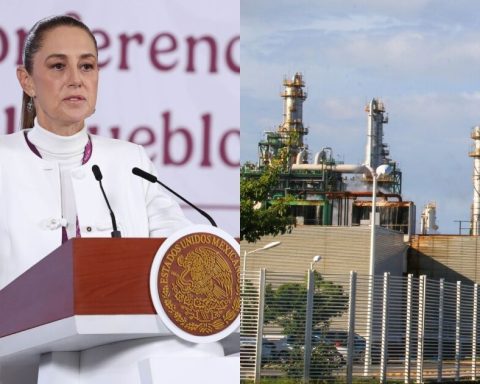January 12, 2023, 22:07 PM
January 12, 2023, 22:07 PM
The ancient Romans were masters of engineering. and construction, since its aqueducts, buildings and ports have survived, in many cases, for two centuries. A team of American and European scientists have examined the concrete they used and believe they have found the key: a concrete capable of repairing itself.
Researchers have spent decades trying to unlock the secret of this ultra-durable ancient building material, especially in structures that endured particularly harsh conditionssuch as docks, culverts and dikes, or those built in seismically active places.
Until now, the solidity of Roman concrete was attributed to its relationship with the volcanic ashes of the Bay of Naples region, Italy, shipped throughout the Empire for construction purposes.
The secret ingredient: quicklime
But researchers are now focusing on the presence of another feature: small white and shiny pieces, coming from the lime, another ingredient used in the conception of concrete.
“Since I started working on the subject of Roman concrete, I have always been fascinated” by the presence of these pieces of material, MIT professor Admir Masic, co-author of the study published in the journal Science Advances. “They are not found in modern concrete, So why are there in the old one?“, he asked himself.
Until now, experts thought that these tiny pieces came from poor mixing or poor-quality raw materials.
But when examining advanced imaging techniques the concrete of a wall from the city of Privernum in Italy, discovered that these small white pieces come from calcium carbonate, formed at very high temperatures.
And they concluded that the lime was not –or at least not only– incorporated into the mixture with water, as was thought, but in the form of quicklime. A “hot mix” that would give concrete its amazing solidity.
When cracks appear, rainwater coming into contact with the concrete produces a saturated solution of calciumor, which then recrystallizes into calcium carbonate, allowing the cracks to be filled, the researchers concluded.
concrete capable of repair
To verify their hypothesis, scientists experimented with the same procedure on cracked walls, and the result was that after two weeks the wall was completely repaired in contact with water. With this finding they hope to be able to commercialize the new modified concrete recipe.
while ccertain modern buildings fall into ruin after a few decadesscientists hope that this discovery could help reduce the environmental and climate impact of concrete production, which generates significant amounts of greenhouse gases.


















